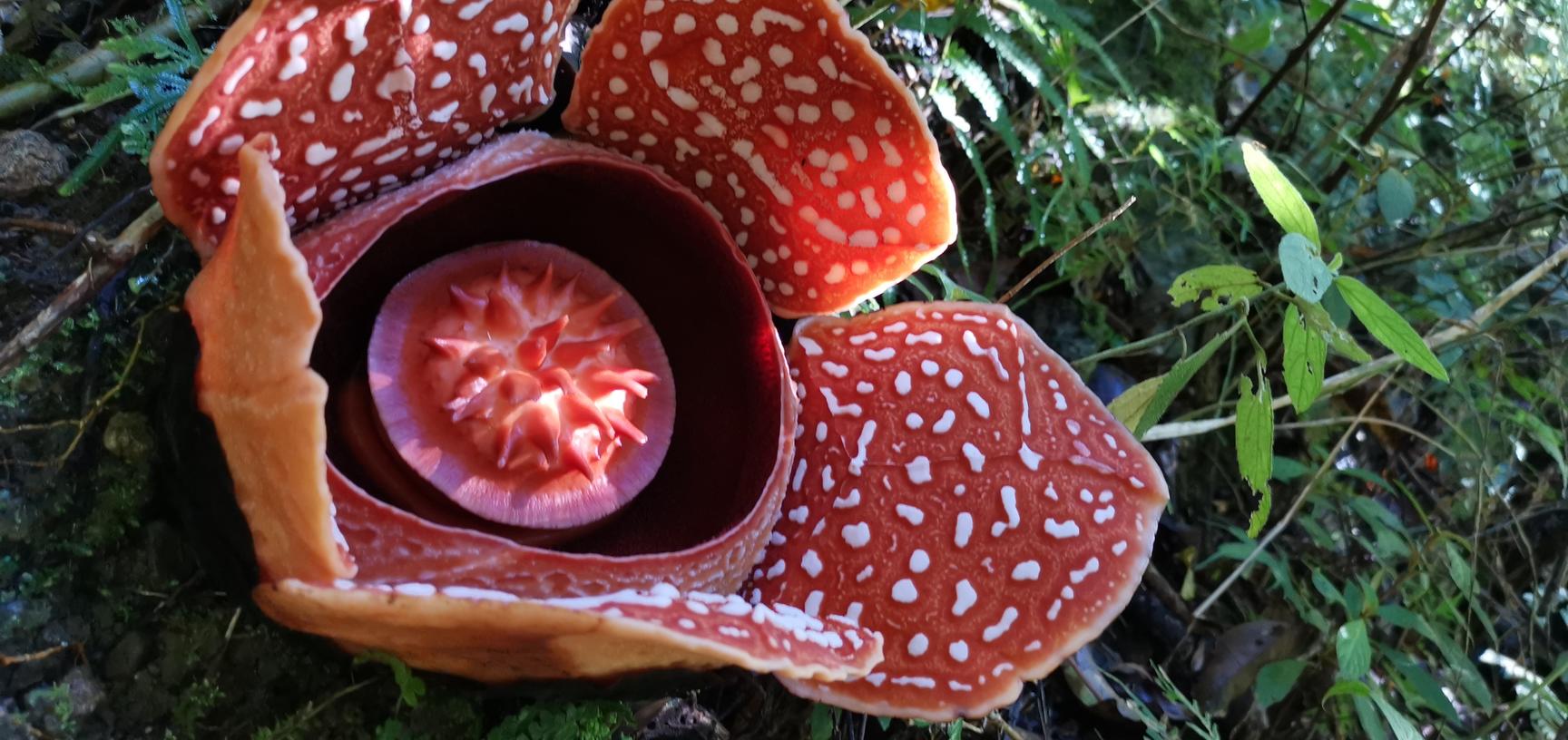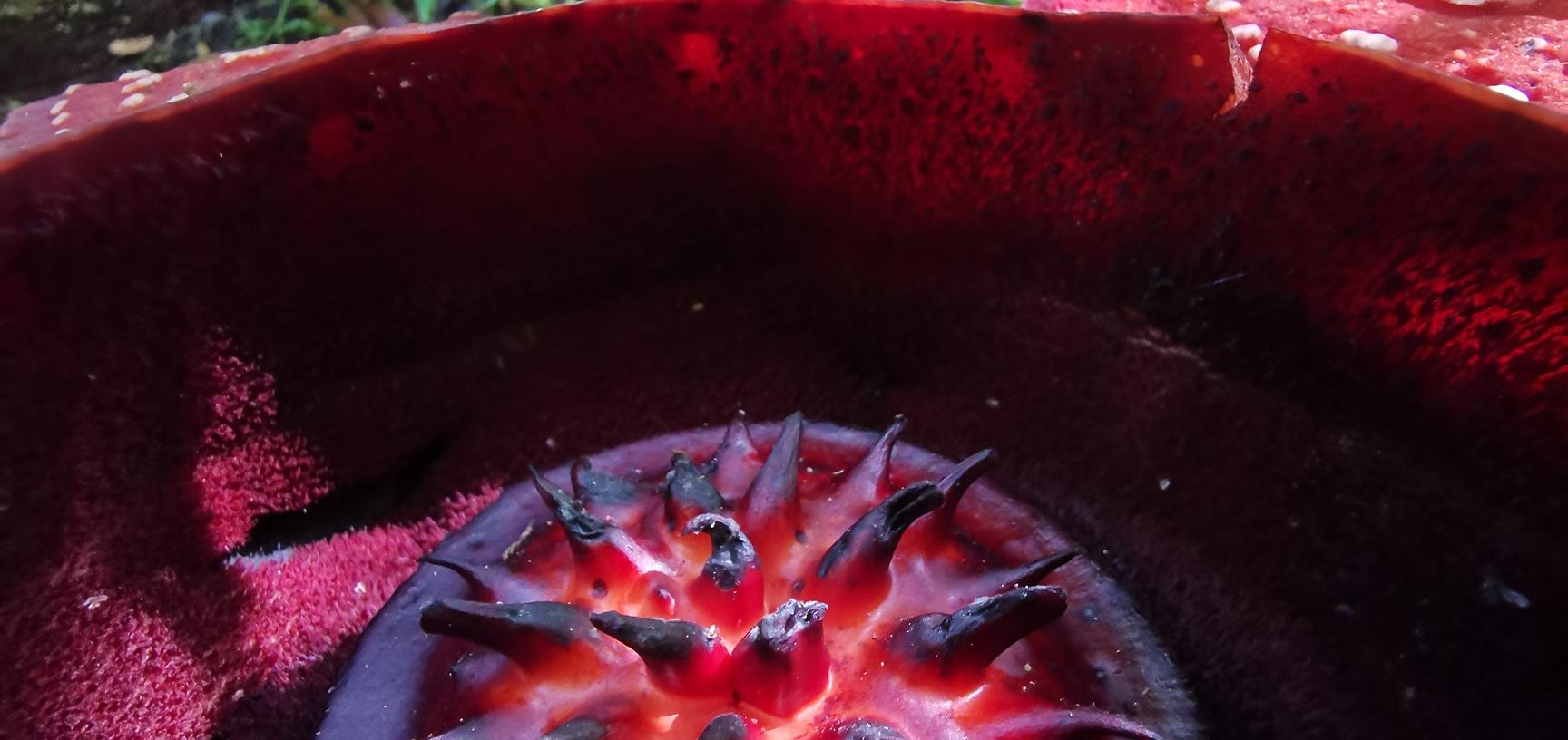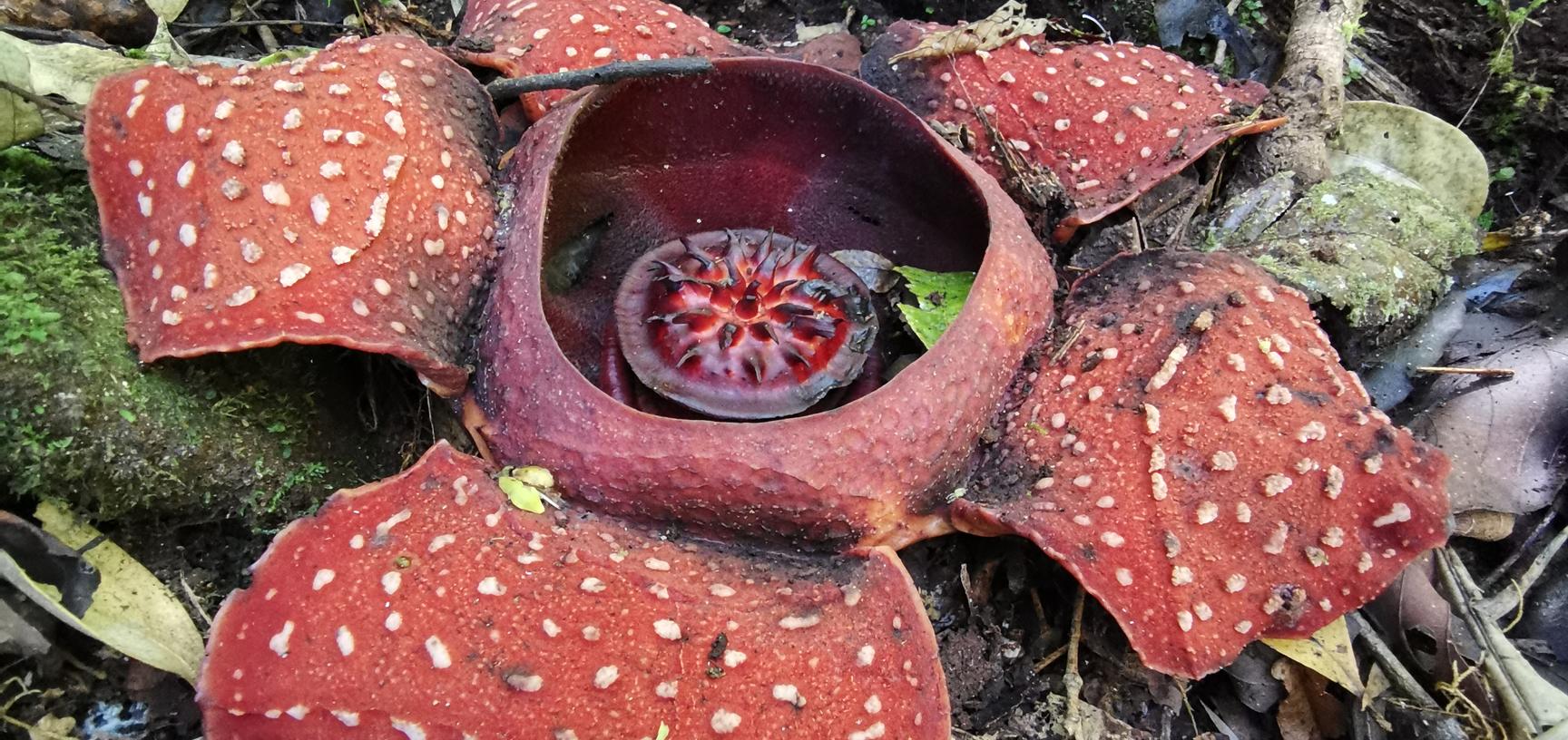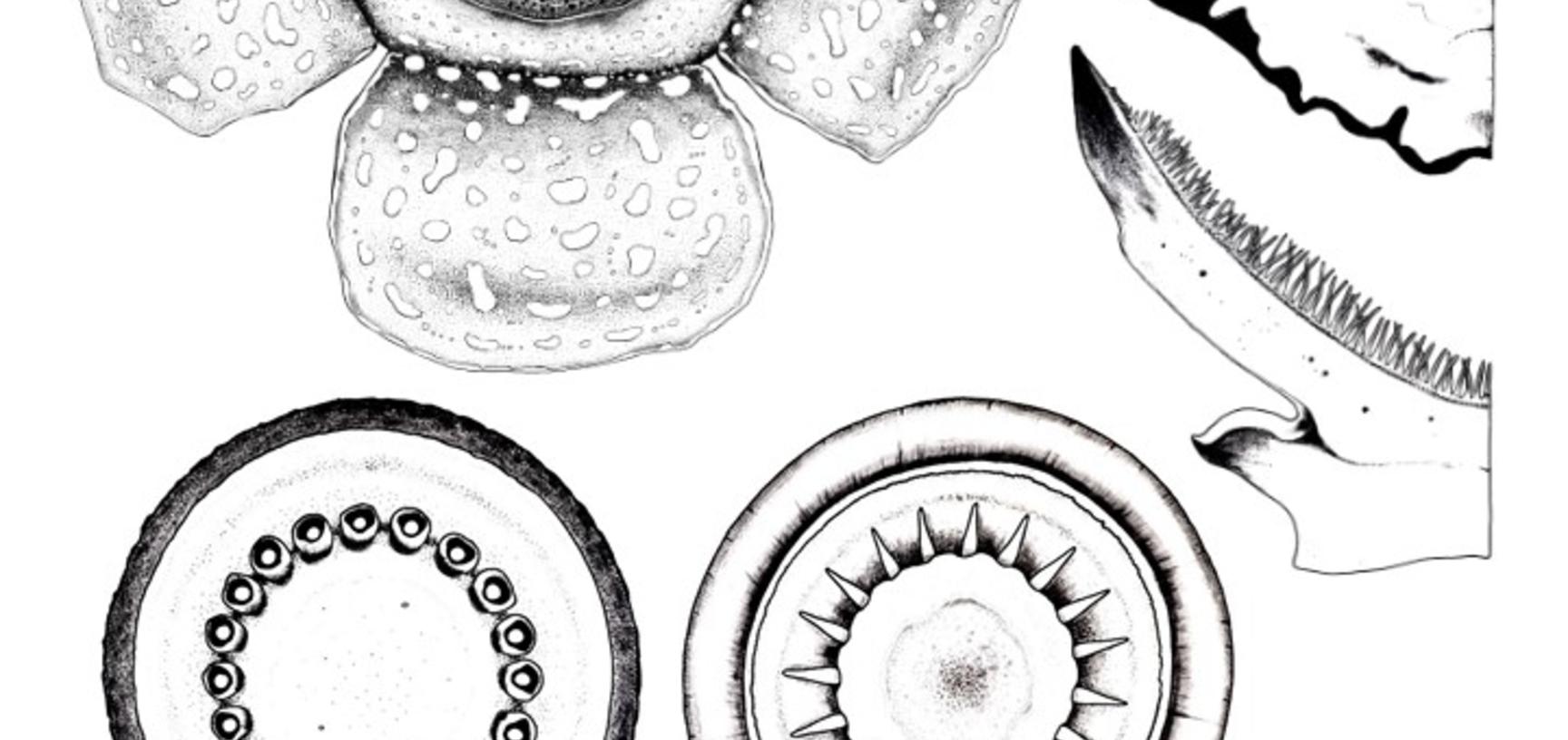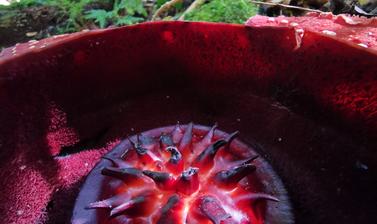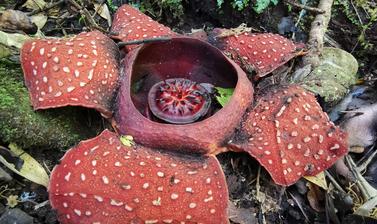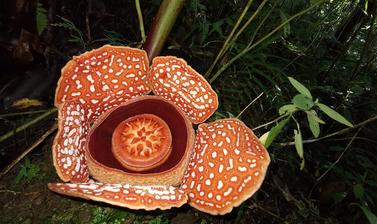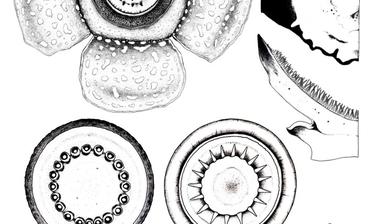Botanists from the University of Oxford Botanic Garden and the University of the Philippines Los Baños have reinstated a species of Rafflesia
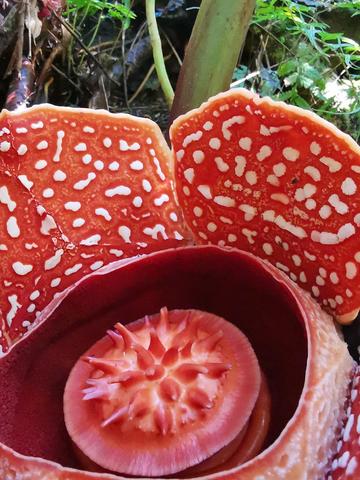
Rafflesia banaoana growing in Kalinga, The Philippines
Today, botanists from the University of Oxford Botanic Garden and the University of the Philippines Los Baños (UPLB) have reinstated a species of Rafflesia – the genus containing the world’s largest flowers – in a paper published by Phytotaxa.
Rafflesia banaoana has been confused with another species, R. leonardi; however by examining a set of previously overlooked characteristics, the scientists have shown that the two species are in fact distinct. This raises the total number of Rafflesia species in the Philippines to fifteen.
“Our work makes a case for the careful observation of previously unexamined characters, as well as ecology, to avoid overlooking similar but distinct species,” said Adriane Tobias, forester and Rafflesia expert at UPLB.
Rafflesia banaoana was first documented by Professor Pastor Malabrigo Jr. in 2010, who was shown the plant by the Banao Indigenous Cultural Community in a remote forest in the Kalinga Province of northern Luzon in the Philippines, and named in their honour. The exceptionally rare flower grows to half a metre across and is highly unpredictable in its appearance.
“I knew the plant was special, the moment I saw it. It takes a long and gruelling trek through impenetrable forest to reach the plant; few people have ever set eyes on it,” said Professor Malabrigo Jr.
The Oxford-Los Baños team has been working on this enigmatic group of plants since 2019 and has been on several expeditions across Luzon in the Philippines, and Java and Sumatra in Indonesia, in pursuit of Rafflesia.
“It’s such a privilege to be involved in this work with my friends and colleagues at UPLB. Understanding the diversity of these extraordinary plants has never been more crucial at a time of unprecedented habitat destruction and species extinction,” said Dr Chris Thorogood, Deputy Director and Head of Science at Oxford Botanic Garden.
The team will continue their collaborative work with colleagues across Southeast Asia to enhance scientists’ understanding of species limits, ecology and evolution, in the world’s largest flowers.


